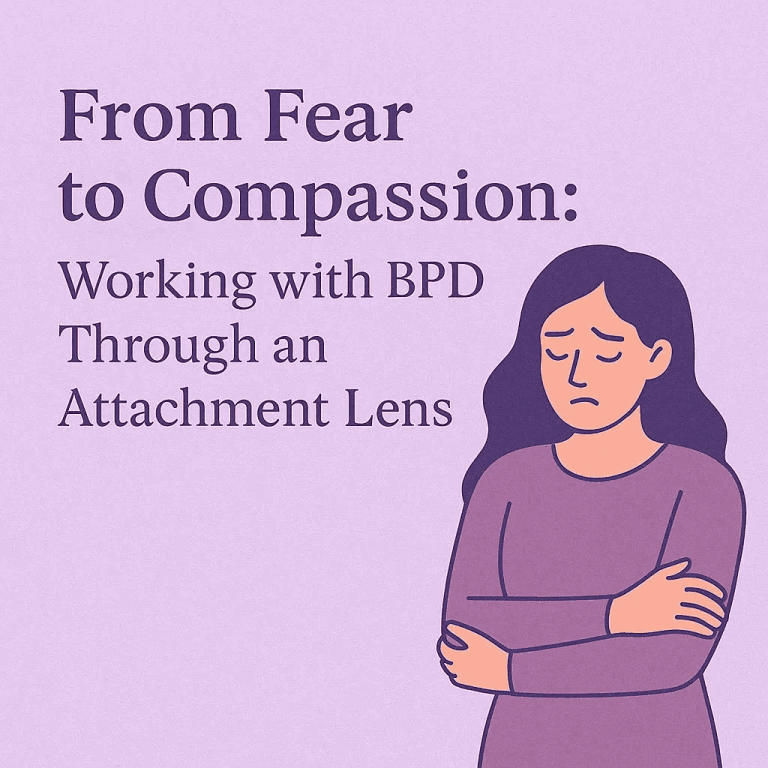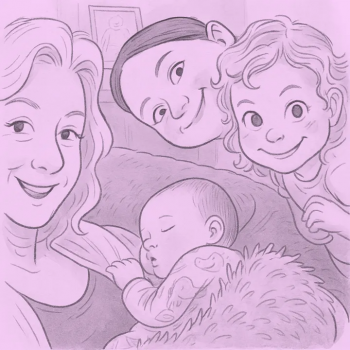Seeing Beneath the Surface in Therapy
As therapists, many of us have encountered moments in the therapy room where a client’s longing feels intense—maybe even overwhelming. Perhaps they ask for more contact between sessions, seek reassurance repeatedly, or test the boundaries of the therapeutic relationship.
At first glance, these behaviours can be labelled as “needy,” “regressive,” or even as boundary violations. But what if they’re not that at all?
What if, as David Wallin writes in Attachment in Psychotherapy, this isn’t “just a request for attention” but instead “a protest against disconnection”?
This single sentence changed the way I attune to my clients—and to myself. It reframes a familiar struggle not as pathology, but as relational communication.
Understanding the Attachment System
To appreciate the depth of Wallin’s reframe, we need to come back to basics: attachment is a survival strategy. The infant’s cry, the child’s cling, the adult’s emotional plea—they’re all signals from a nervous system wired to protect itself from abandonment.
When someone feels relationally unsafe, their attachment system is activated. And what does that system do when the connection is threatened? It protests. Loudly, subtly, or even silently—but it protests.
Wallin’s genius lies in recognising that these so-called “attention-seeking” behaviours are, at their core, protests against the threat of relational loss. They are bids for attunement, safety, and reassurance.
Beyond Pathology: Seeing the Longing Beneath the Strategy
Reframing these moments through the attachment lens allows us to see the human longing beneath the behaviour. The clingy text? Not neediness. The boundary-pushing in session? Not manipulation. These may be deeply embedded, early-learned strategies designed to protect the person from a familiar wound: disconnection.
In a securely attached system, seeking comfort isn’t dangerous. But for those with anxious, avoidant, or disorganised patterns, asking for connection feels vulnerable—sometimes even life-threatening.
So when a client makes a strong request for our attention, we might ask:
- What are they really telling me about their internal world?
- Is this a plea not just for presence but for repair?
What This Means in Practice
In my work with clients—especially those with anxious-preoccupied or disorganised attachment histories—Wallin’s reframe has helped me:
- Soften my stance in moments of resistance or intensity.
- Validate the client’s protest without reinforcing old patterns.
- Stay relationally present, rather than reflexively enforcing clinical boundaries.
- Model secure attachment, where needs are not shamed but explored with curiosity.
It’s a subtle shift, but a powerful one: from seeing behaviours as problematic to seeing them as protective.
The Therapist’s Inner World
It’s a subtle shiOf course, this reframe also requires us to turn inward. Our own attachment histories may react strongly to a client’s intensity. We may feel overwhelmed, drawn in, or tempted to pull away.
That’s why it’s vital we do our own attachment work in supervision and therapy. Because when we can recognise our own defences and relational triggers, we’re better able to meet our clients’ protests not with fear—but with firm, compassionate presence.ft, but a powerful one: from seeing behaviours as problematic to seeing them as protective.
Becoming a Storied Self
Ultimately, Wallin’s work helps us guide our clients toward what Dan Siegel calls “mindsight”—a coherent narrative of self. By helping clients name their attachment strategies, explore their origin, and gently update them in the present, we help them move from protest to presence.
We help them become what Wallin so beautifully describes as a “storied self.”
Reflection for Practitioners
- When a client pushes against your boundaries, can you pause and ask, “What’s being protested here?”
- How might your own attachment style respond to these moments?
- In what ways can you offer secure relating in the face of disconnection?
If you’re curious about learning more about attachment styles in adult therapy, particularly through the lens of the therapeutic relationship itself, I cannot recommend Wallin’s work highly enough.
His book doesn’t just illuminate theory—it invites us to practise therapy from a deeply human, deeply relational place.
I’d love to hear from other therapists—has attachment theory changed the way you hear your clients’ needs? Or your own?






